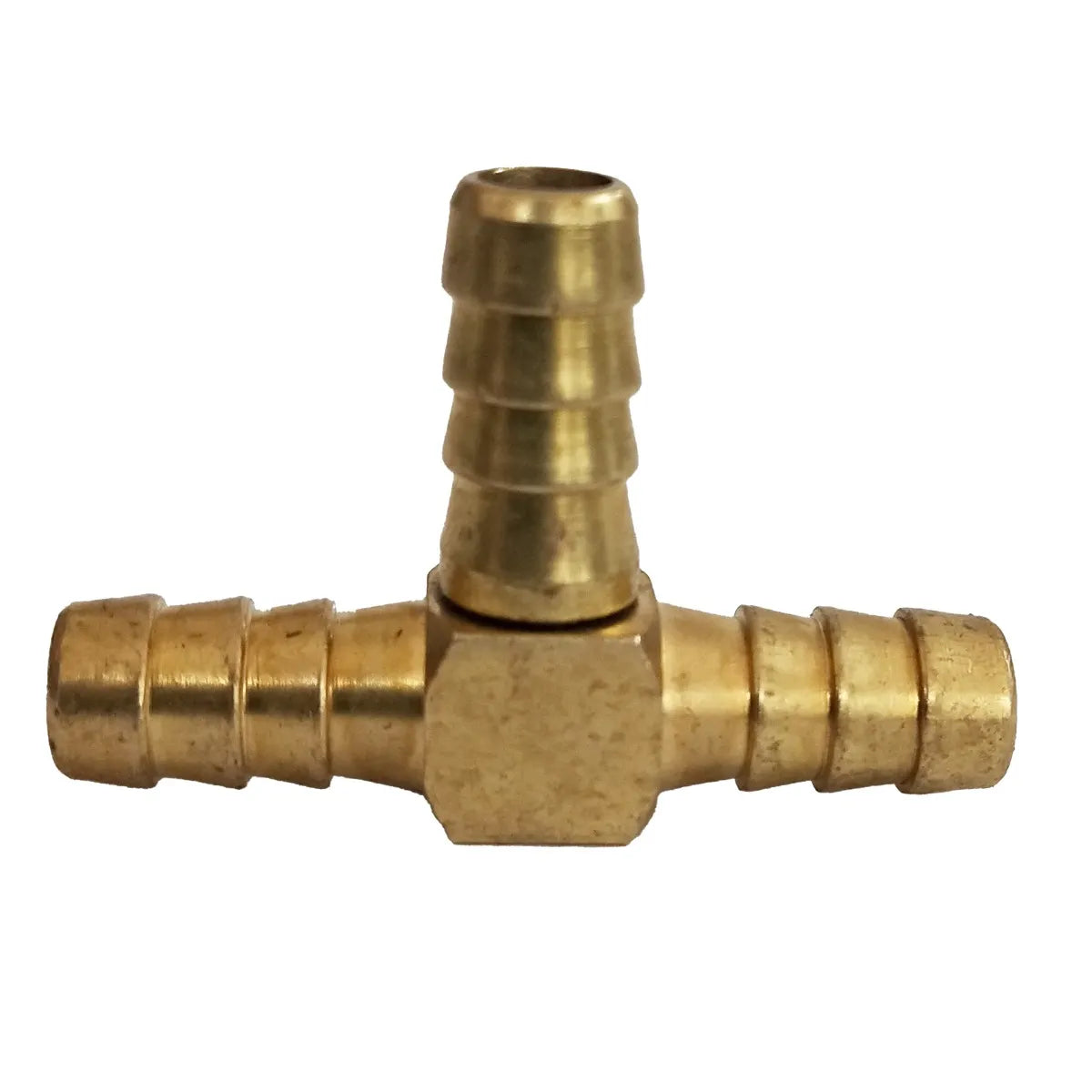Sparedent
Sparedent Dental T-Joint
Sparedent Dental T-Joint
Couldn't load pickup availability
Sparedent Dental T- Joint connection of two members approximately perpendicular to one another, forming two right angles similar to the letter T. This is a result of one member being connected between the two ends of the other. It differs from a corner joint consisting of a single right angle formed by two members each connected to the other at one end.
- Dental T- Joint is Compatible with almost all standard dental chairs.
Features
Features
- Superior quality
- Compact design
- Longer service life
- High quality product
Description
Description
Specification
Specification
- Material: Brass
Packaging
Packaging
- 1 x Dental T-Joint
Direction to use
Direction to use
Additional info
Additional info
Warranty
Warranty
Product Related Questions
Product Related Questions
Question: Can the Sparedent Dental T-Joint be connected to the compressor pipe?
Answer: Yes, the Sparedent Dental T-Joint can be connected to the compressor pipe. This design facilitates effective distribution of air supply within the dental operatory, ensuring reliable performance of dental instruments and equipment.
Question: Where is the Sparedent Dental T-Joint used?
Answer: The T-Joint is commonly used in dental applications where precise alignment and support are needed. Its design ensures stability and accuracy in various dental procedures.
Question: How does it differ from a corner joint?Answer: T-Joint differs from a corner joint in that a corner joint consists of a single right angle formed by two members each connected to the other at one end. In contrast, a T-Joint involves a connection where one member intersects the middle of the other, creating two right angles.
Question: What is a Sparedent Dental T-Joint?Answer: A Sparedent Dental T-Joint is a type of connection where two members meet approximately perpendicular to each other, forming two right angles similar to the letter "T". In this configuration, one member is connected between the two ends of the other member.
Share










